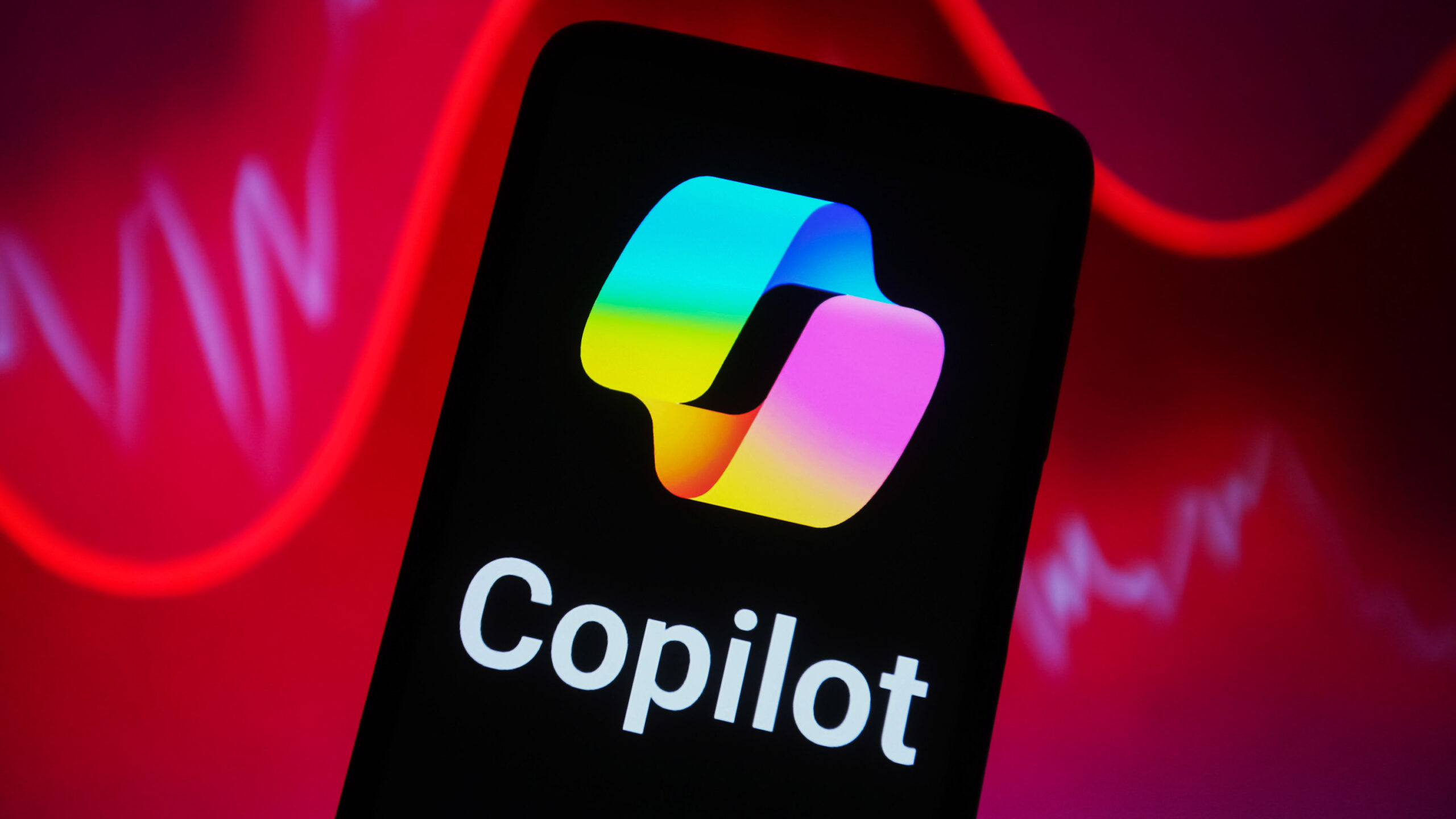
Microsoft has today officially launched its controversial Recall feature as part of a new beta build of Windows 11 to Windows Insiders. This new functionality is included as part of a larger rollout. Combined, it really expands the possibilities of what Copilot can accomplish on Windows 11 PCs. Recall’s ability to capture and archive permanent copies of all user activity has sparked a major controversy over privacy concerns. This battle has escalated tremendously since its first introduction last year.
For security purposes, the Recall feature operates in its own isolated virtual machine. This allows its own processes to be completely isolated from the host OS. This separation is absolutely essential to user security and privacy. To address fears about potential unwanted activation, Microsoft has gone to great lengths to ensure Recall is equipped with an uninstall feature.
When users turn on Recall, they’ll see visual cues. So, for instance, the Recall “eye icon” will show up in the system tray to indicate to them that the feature is on. In order to use Recall, users need to go through an upfront setup. This includes biometric PalmSecure verification with an enhanced version of Windows Hello, built to defeat malware attempting to spoof on spoofed facial scans.
After this first setup, users will be able to use a less secure four-digit PIN unlock method, eliminating a biometric requirement. Kevin Beaumont, a security researcher, highlighting the potential risks associated with Recall, stated that “from a privacy perspective, there are landmines everywhere.” He further elaborated that users “can open Recall just using the four-digit PIN unlock option with Windows Hello, i.e., without fingerprint or your face, with no biometrics.”
Microsoft’s Efforts to Address Data Protection
Microsoft has implemented several measures to protect user data. To improve the security of Recall’s encryption keys and screenshots, they’ve moved this data to the new Trusted Platform Module (TPM) chip, instead of keeping it inside the Windows 11 operating system. David Weston, a Microsoft security official, emphasized this move, stating, “What that means is even in the event you got malware, your main system was compromised, that encrypted information never touches the main system.”
Despite these assurances, concerns remain. Journalists and those in other precarious circumstances should take special care not to trigger Recall. Such as those with abusive partners or under the watch of the government, as it is fraught with risk aventura. Weston acknowledged these concerns, saying that “folks were potentially concerned that maybe someone could turn it on surreptitiously.”
Recall will be gradually rolled out to consumers over the next month via a controlled feature rollout (CFR). For this reason, Microsoft is looking for user feedback throughout this process to help shape and polish the feature. Weston remarked, “We have an initial set of filters that we’re committed to continuing to update all the time to get better.”
Biometric enablement needed only during Recall’s first-time setup. After that point, users can access the feature without having to go through additional biometric verification. Microsoft aims to streamline user experience amidst overwhelming amounts of information, noting that “with 69% of consumers feeling overwhelmed by too much information, it’s now more important than ever to help customers find the right info that they are looking for.”
The tech community is definitely looking out in anticipation. Microsoft is unquestionably and commendably walking a user-privacy/user-security tightrope with its launch of Recall. We’re very much looking forward to seeing how consumers will respond to this new feature. Will it truly fulfill all its authors’ hopes and dreams, or only awaken yet more cries for privacy.
What The Author Thinks
While the Recall feature has potential to enhance user experience by improving productivity, it presents significant privacy risks. The balance between innovative user tools and protecting personal data is delicate, and Microsoft must be vigilant in ensuring that the tool is used ethically and securely, especially as it expands.
Featured image credit: Windows Central
Follow us for more breaking news on DMR
